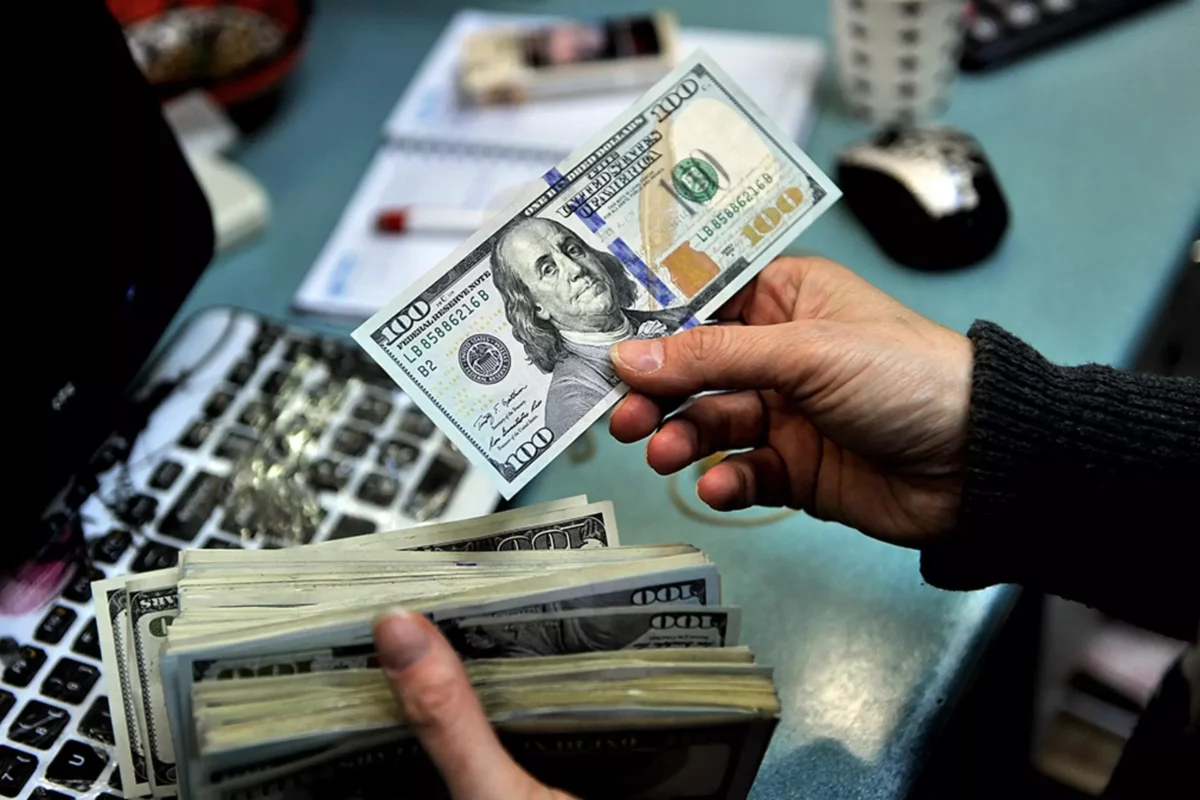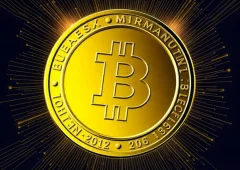Is the Dollar Losing Its Safe-Haven Appeal? Big Banks Weigh In
05.04.2025 22:00 2 min. read Alexander Stefanov
Major financial institutions, including JPMorgan Chase and Deutsche Bank, are scrutinizing whether the U.S. dollar can sustain its global dominance.
A recent Reuters survey, which involved 69 foreign exchange strategists, revealed growing doubts about the dollar’s status as a reliable safe-haven asset, particularly during periods of market instability. Approximately one-third of those surveyed expressed uncertainty about the dollar’s resilience.
Among the participants who provided more detailed responses, 40% noted emerging signs that the dollar’s reputation as a safe haven could be weakening, with concerns that this trend may persist over an extended period.
George Saravelos, Deutsche Bank’s global head of FX research, suggested that the dollar’s safe-haven appeal might be diminishing due to two key factors: a weaker economic outlook for the U.S. and perceived instability within U.S. institutions. These developments, according to Saravelos, may reduce foreign investment in the dollar.
On the other hand, Arindam Sandilya from JPMorgan emphasized that while dethroning the dollar as the primary reserve currency would be a lengthy process, the gradual decline in the dollar’s share of global reserves has been ongoing for decades. Central banks, Sandilya noted, have increasingly diversified their holdings, favoring gold as an alternative reserve asset.
In the context of this shift, gold has surged to an all-time high of $3,167, prompting bullish predictions from Wall Street. Bank of America recently projected that gold could reach $3,500 in the long term, while Citi indicated that a weaker-than-expected U.S. economic performance could push gold to the same level.
-
1
U.S. Bank Advises Clients to Drop These Cryptocurrencies
29.06.2025 10:00 2 min. read -
2
Chinese Tech Firms Turn to Crypto for Treasury Diversification
26.06.2025 17:00 1 min. read -
3
FTX Halts Recovery Payments in 49 Countries: Here Is the List
04.07.2025 18:00 2 min. read -
4
What Are the Key Trends in European Consumer Payments for 2024?
29.06.2025 8:00 2 min. read -
5
What Brian Armstrong’s New Stats Reveal About Institutional Crypto Growth
29.06.2025 15:00 2 min. read
U.S. Public Pension Giant Boosts Palantir and Strategy Holdings in Q2
According to a report by Barron’s, the Ohio Public Employees Retirement System (OPERS) made notable adjustments to its portfolio in Q2 2025, significantly increasing exposure to Palantir and Strategy while cutting back on Lyft.
Key Crypto Events to Watch in the Next Months
As crypto markets gain momentum heading into the second half of 2025, a series of pivotal regulatory and macroeconomic events are poised to shape sentiment, liquidity, and price action across the space.
Here is Why Stablecoins Are Booming, According to Tether CEO
In a recent interview with Bankless, Tether CEO Paolo Ardoino shed light on the growing adoption of stablecoins like USDT, linking their rise to global economic instability and shifting generational dynamics.
U.S. Dollar Comes Onchain as GENIUS Act Ushers in Digital Era
In a statement that marks a major policy shift, U.S. Treasury Secretary Scott Bessent confirmed that blockchain technologies will play a central role in the future of American payments, with the U.S. dollar officially moving “onchain.”
-
1
U.S. Bank Advises Clients to Drop These Cryptocurrencies
29.06.2025 10:00 2 min. read -
2
Chinese Tech Firms Turn to Crypto for Treasury Diversification
26.06.2025 17:00 1 min. read -
3
FTX Halts Recovery Payments in 49 Countries: Here Is the List
04.07.2025 18:00 2 min. read -
4
What Are the Key Trends in European Consumer Payments for 2024?
29.06.2025 8:00 2 min. read -
5
What Brian Armstrong’s New Stats Reveal About Institutional Crypto Growth
29.06.2025 15:00 2 min. read


